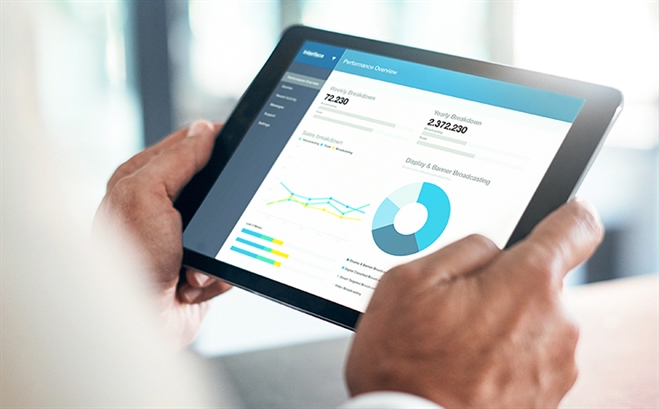Maximizing Asset Value
September 17, 2020 by Meredith Trimble

Local governments continuously strive to maximize the value of their assets and provide better service to the public. Sharing information throughout an organization is a key component of this effort. Specifically, creating connections between operational and financial data allows governments access to big-picture views that drive better decisions. This facilitates effective asset management from acquisition to retirement. Unfortunately, this often proves tricky in practice, as information can be siloed in departments, preventing useful data exchange.
Realizing the importance of strengthening data flow and reducing roadblocks, the International Organization for Standardization (ISO) published new guidelines (ISO/TS 55010) for asset management that include financial and operational alignment.
Two Lenses are Better Than One
Any asset can serve as a good example of this important alignment. A public works truck, for example, can be viewed through financial and operational lenses. Taking both into account creates a holistic view that is important for maximizing the truck’s value.
Looking at a truck through a financial lens provides insight into the book value as well as the acquisition cost. Analyzing the truck's acquisition costs, comparing costs to peer assets, and tracking value over time provide a clear understanding of the financial angles. This lens does not, however, consider operational issues such as vehicle and maintenance history, or availability.
Looking at the vehicle through an operational lens provides insight around asset maintenance, condition, availability, downtime, and failure tracking. This lens facilitates a review of guidelines to help maximize the vehicle's lifespan, condition, readiness, and the support services needed throughout maintenance. This view misses the various financial considerations.
In isolation, both lenses have blind spots. Aligning the two allows for operational and financial considerations to be a part of every asset management decision — providing a more accurate look into the value of both the vehicle and the impact it has on the entire organization.
Looking at both financial and operational costs is also vital to understanding assets in relation to infrastructure projects. For example, an infrastructure project to replace a bridge includes maintenance costs across its projected lifespan as well as project replacement costs. Ascertaining the timing of replacement to maximize the value of an existing bridge and its replacement requires careful analysis of both operational costs and budget projections.
The Foundations of Alignment
A strong digital infrastructure with integrated business systems makes it possible to seamlessly share information across departments to achieve a comprehensive view. In particular, governments need the following for shared operational and financial data:
- Common asset hierarchies and definitions for databases
- Unified databases to eliminate redundant data entry
- Consistent terminology and data standards across systems
In addition, achieving data alignment throughout an organization requires staff collaboration, backed by key stakeholders, to ensure uniform procedures and adoption agency-wide.
In short, a successful system allows the flow of key information to the people who need it by breaking down barriers. Connections formed by system integration create important alignment that helps governments get the most value from their assets.